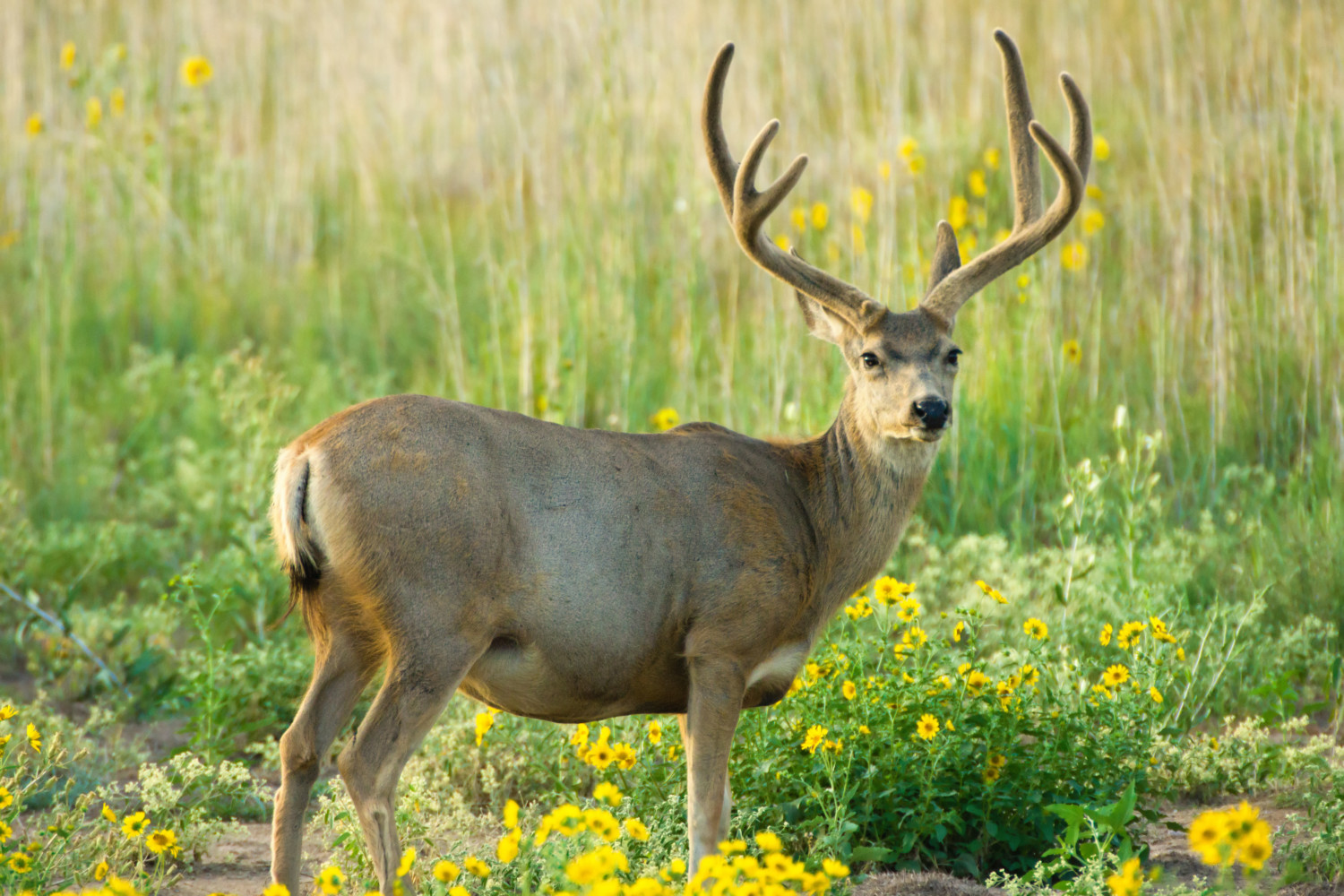July’s full moon — also known as the Buck Moon — will occur on Monday, July 3, at 7:39 a.m. EDT.
The moon will be below the horizon at that exact time, so observers will have to wait until after sunset to watch it rise in the sky.
The Buck Moon will appear full Sunday night through Monday night, giving night sky watchers more than one opportunity to see the first full moon of summer, possibly alongside some July 4 fireworks.
As an added bonus, July’s full moon is also the first of four supermoons this year, which means the July full moon is significantly closer than the average full moon.
How Did The Buck Moon Get Its Name?
The Old Farmer’s Almanac has been publishing moon names for decades, and they pull the names from various Native American, Colonial American and European sources.
The Buck Moon got its name because the antlers of male deer, or bucks, are in full growth mode at this time of year. Deer lose their antlers every winter, and they regrow antlers in the summer, getting larger with every passing year.
The July full moon has gone by other names as well, including Salmon Moon, Berry Moon, Thunder Moon and more.
These names appear to have nothing in common at first, with one named after animals, another after a plant and another after the weather.
Upon closer inspection, however, all these names have one thing in common: peak summer. During the month of July, salmon swim upriver for harvesting, berries ripen and thunderstorms are most prevalent.

The First Supermoon Of 2023
The Buck Moon is happening during its perigee, the closest point in its orbit to Earth, which makes it a supermoon.
The moon’s average distance from Earth is about 238,900 miles, but the moon’s orbit around the Earth isn’t a perfect circle. The distance varies from month to month.
July’s full moon is only 224,895 miles away, making it the first supermoon of four supermoons in a row. The full moons on Aug. 1, Aug. 30 and Sept. 29 will all be supermoons, and they’ll all be closer than July’s supermoon. The four supermoons in a row means avid moon watchers are in for a summer of supermoons.
A supermoon appears roughly 7% larger and slightly brighter than a typical full moon, but those differences are indistinguishable by the naked eye.
For a surefire way to trick your eyes into thinking the moon looks larger, simply watch the moon as it rises above the horizon because our minds exaggerate the size of objects near the skyline.
The Buck Moon Is The First Full Moon Of Summer
Summer 2023 officially began on June 21, and June’s full moon occurred more than two weeks before that on June 3. This makes the July full moon the first full moon of the summer season, roughly three weeks after summer began.
In a typical year, every season sees three full moons, and this year, the full moons of summer will occur in July and August.
What’s unusual is two full moons occurring in August. This means the second full moon in August will be a rare blue moon, and its status as a supermoon will make it an even rarer event.
There are a lot of unique lunar events to see this summer, and July’s full moon is kicking it all off.
Follow meteorologist Jason Meyers on Twitter or watch one of his entertaining and educational YouTube videos.
This story originally appeared on Simplemost. Check out Simplemost for additional stories.


